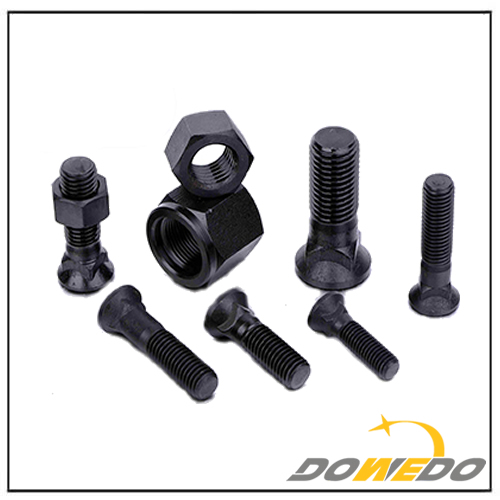Which is Better for Milling Thin-wall Parts, Up or Down Milling?
In CNC machining, the rotation direction of the milling cutter is generally unchanged, but the feed direction is changed. There are two common phenomena in milling: down milling and up milling.
Every time the milled edge enters the cut, it is subjected to an impact load. In order to successfully mill, one must consider the correct type of contact between the edge and the material at the entrance and exit of a cut. In the milling process, the workpiece is fed in the same or opposite direction as the rotation direction of the milling cutter, which will affect the cutting-in, cutting-out of milling and whether to use down milling or up-cut milling.
Well, let’s talk about the milling method for milling thin-wall components, which is better? Up milling or down milling?
In down milling (also called climb milling), the main force of the cutting edge is compressive stress, while in upward milling, it is white tensile stress. The compressive strength of cemented carbide materials is much greater than its tensile strength. In downward milling, as the chip becomes thinner and thinner, the cutting edge and the workpiece will squeeze each other. The friction between the cutting edge and the workpiece is small, thereby reducing the wear of the cutting edge, the hardening of the workpiece surface and the surface roughness (Ra) during up milling, and the chips gradually become thinner. When the blade cuts into the workpiece, it generates greater friction and more heat than down milling, and hardens the surface of the workpiece.
In up milling (also called conventional milling), because the horizontal direction of the cutting force of the milling tool on the workpiece is opposite to the feed direction. On the workpiece, the lead screw of the worktable is tightly engaged with one side of the nut. In downward milling, the direction of the cutting force is the same as the feed direction. When the radial force of the edge on the workpiece is large enough, the worktable will rebound left and right, so that the gap will fall behind. With the continuous rotation of the lead screw, the gap will return to the front side. At this time, the table stops moving, but when the radial cutting force is large enough again, it will swing left and right again. Periodic bounce of the worktable will result in poor surface quality of the workpiece and damage to the tool.
So up milling is recommended for milling thin walled parts, do you think so?


